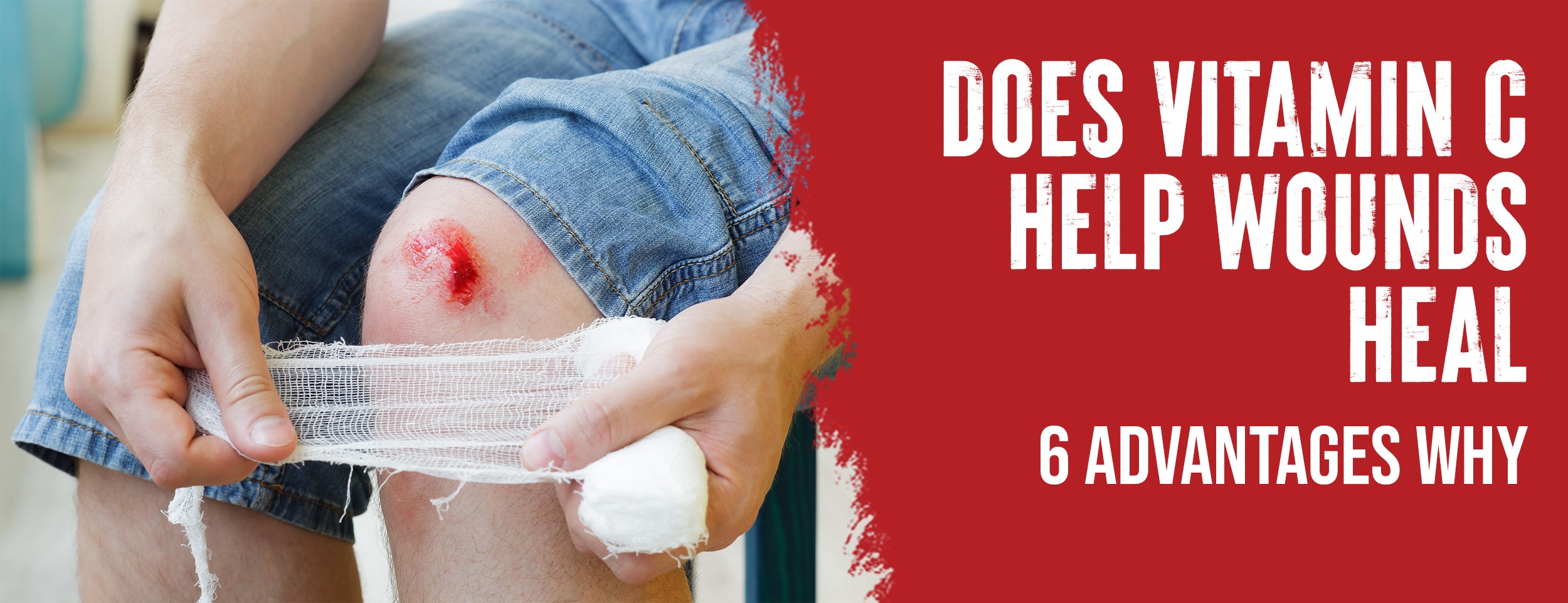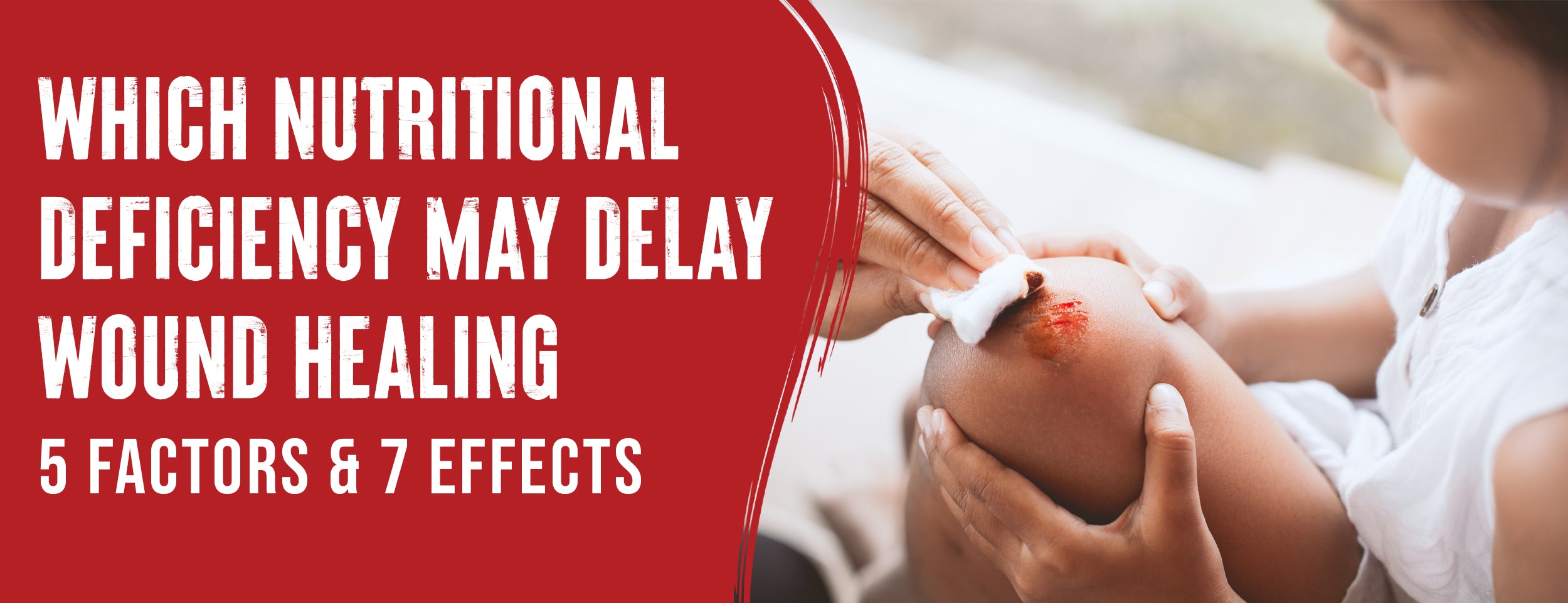A wound heals over weeks to months and involves a variety of biological mechanisms. It is critical for our survival and well-being and has been extensively studied in the medical community, leading to significant advancements in treatments and therapies.
The wound healing process comprises four phases: hemostasis, inflammation, proliferation, and remodeling. Each step is vital in repairing skin damage and restoring skin integrity.
From stopping bleeding to removing debris, growing new cells, and restructuring tissue, our bodies undergo a captivating healing journey.
In this blog post, we'll look at these phases, what they entail, and why they are crucial in healing.
How Many Phases Are In The Wound Healing Process: 4 Steps
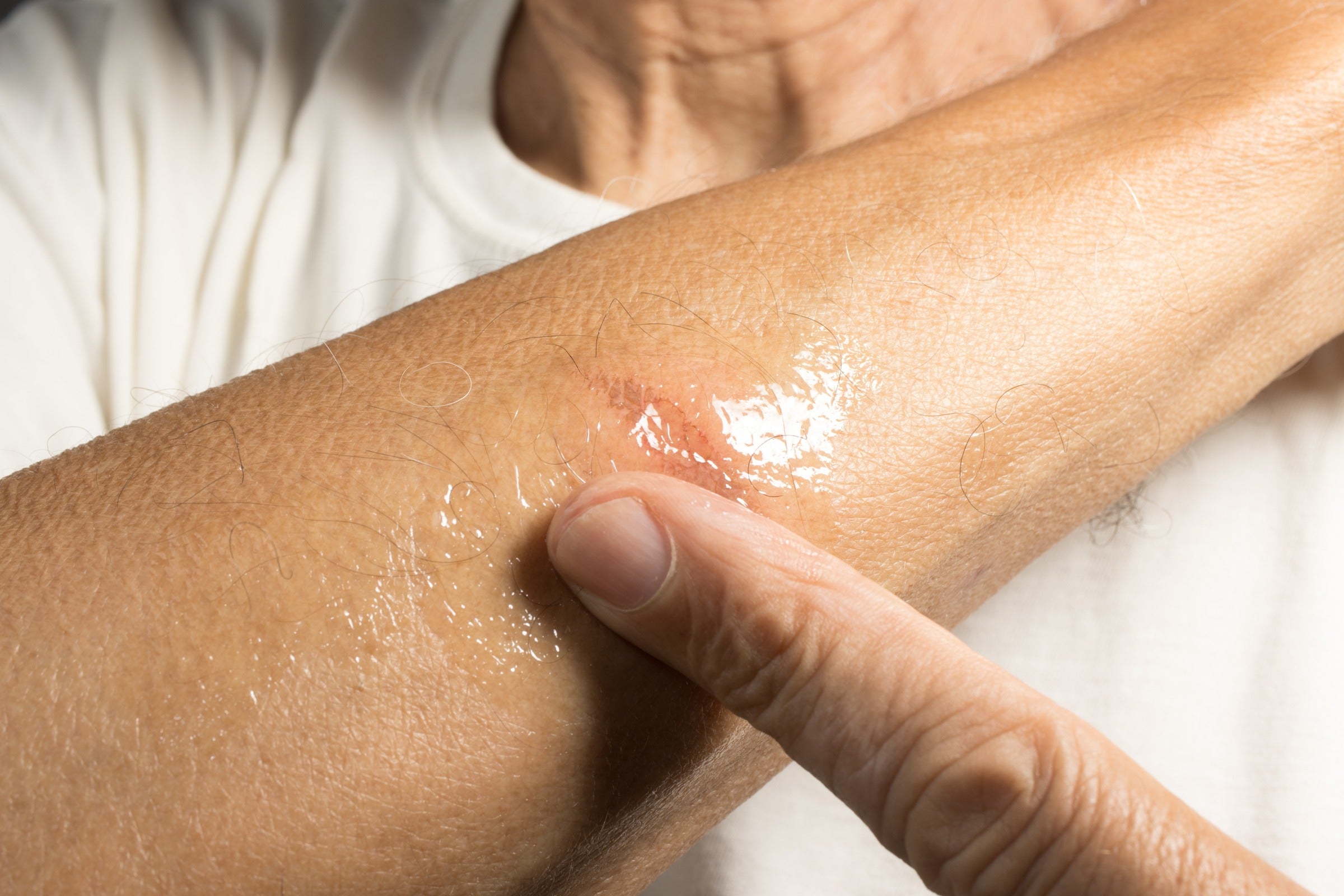
The wound-healing process is a fascinating journey where manifold cellular and molecular events work together perfectly.
Each phase serves a distinct purpose and is pivotal in healing. In this exploration, we will delve into the significance of each step and unravel the intricate mechanisms that drive them.
Hemostasis: Critical First Step
Hemostasis is the first stage of wound healing. It stops bleeding and prevents blood loss. In this phase, platelets and coagulation factors play an essential role. The following are some key aspects of this critical stage:

- Platelets: A tiny component of blood clots. A cut creates a temporary barrier between the blood flow and the collagen fibers when platelets attach to them immediately.
- Coagulation factors: Blood proteins that work together to form clots. A cascade of events occurs, eventually producing fibrin, a protein that binds the platelets together.
- Vasoconstriction: Blood vessels near a wound narrow, reducing blood flow and reducing bleeding.
- Pro-inflammatory cytokines: Chemical messengers that trigger inflammatory responses. This response helps clear debris and prevent infection during the subsequent healing phase.
Inflammation: A Double-Edged Sword

It is common for wounds to be inflamed during the second phase of healing, characterized by redness, warmth, swelling, and pain.
At this stage, dead tissue and debris are removed from the wound site to prevent infection. Chronic inflammation can also delay healing and damage tissues. This complex stage involves the following aspects:
- Immune cells: Neutrophils and macrophages are induced to help clear debris from wound sites and prevent infection.
- Pro-inflammatory cytokines: They promote the influx of immune cells and release growth factors essential for healing.
- Chronic inflammation: Chronic inflammation impairs tissue regeneration and scarring by interfering with the proliferation and maturation phases of healing.

Proliferation: Rebuilding Phase
New blood vessels are formed during proliferation, and damaged tissue is rebuilt. Fibroblasts and the keratinocyte play a significant role in this process.
- Angiogenesis: Formation of new blood vessels near the wound site to supply oxygen and nutrients.
- Fibroblasts: Tissue cells that produce collagen, a vital cellular and functional extracellular matrix component.
- Keratinocytes: Skin cells that form an additional layer over wound sites during re-epithelialization.
- Collagen synthesis and remodeling: Growing new collagen fibers and rearranging existing collagen threads to create a strong and functional tissue matrix.
Remodeling: Final Stage
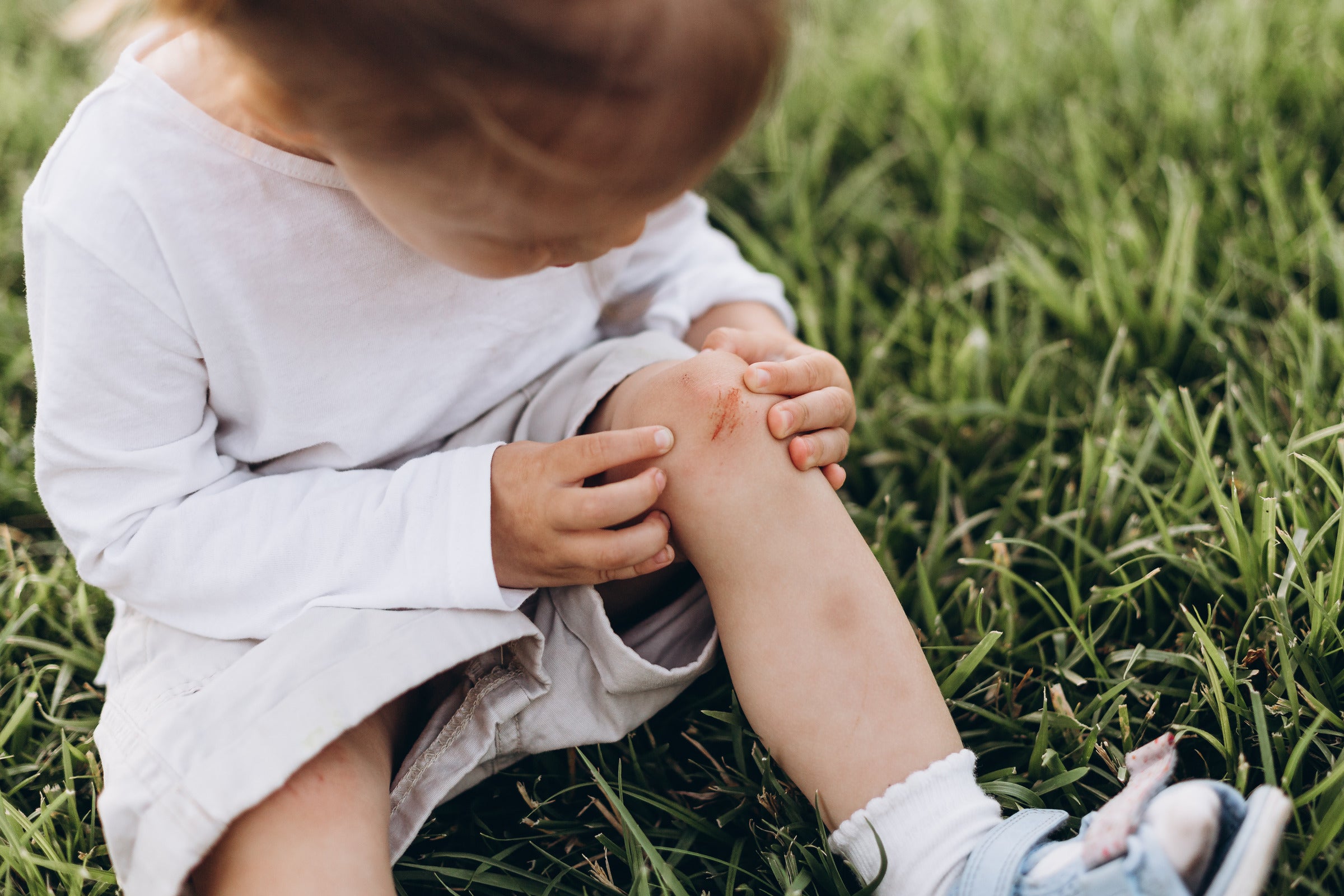
The repaired tissue is remodeled and strengthened in wound maturation. Many scars form during this stage, which can take several months to years. This stage involves several critical aspects:
- Scar formation: Scarring is a natural and necessary part of wound healing, but it can also alter the texture, color, and flexibility of the skin.
- Complications: Poor nutrition, underlying medical conditions, and infections can prolong healing.
- Factors affecting healing: Nutrition, age, and other lifestyle factors can all affect wound healing.

Conclusion
There you have it, folks! Healing a wound is a miraculous feat of the human body. Through hemostasis, proliferation, inflammation, and maturation, each phase ensures your wound heals effectively and efficiently.
Research and technological developments continue progressing in wound healing, providing new and exciting opportunities for improving it.
Next time you get a cut or scrape, take a moment to appreciate the fantastic functions your body is performing to heal you. Let's celebrate the incredible power of the human body.

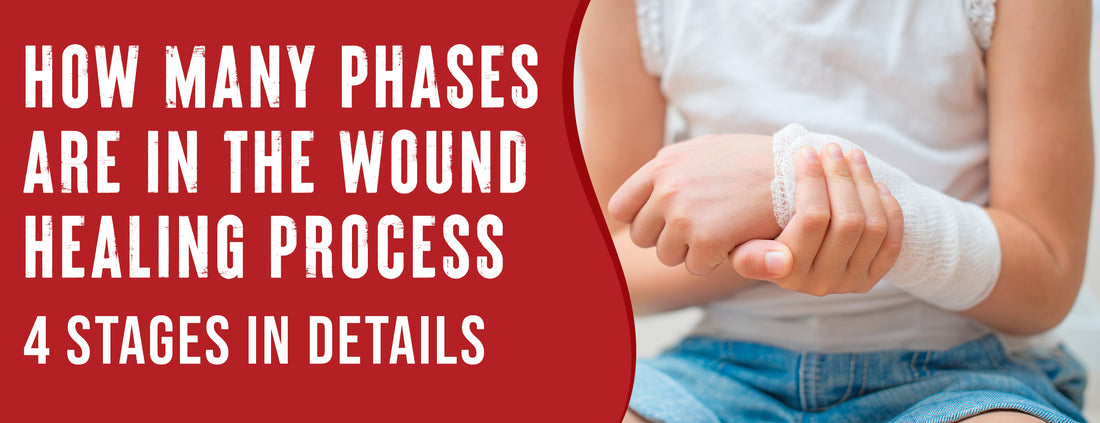








![11 Types & 7 Benefits of Wound Ointments [Most Effective]](http://drnumb.com/cdn/shop/articles/What_Ointment_Is_Best_For_Wound_Healing__14_Types_7_Benefits.jpg?v=1716200317)
